Data Visualization
On Data Visualization Design
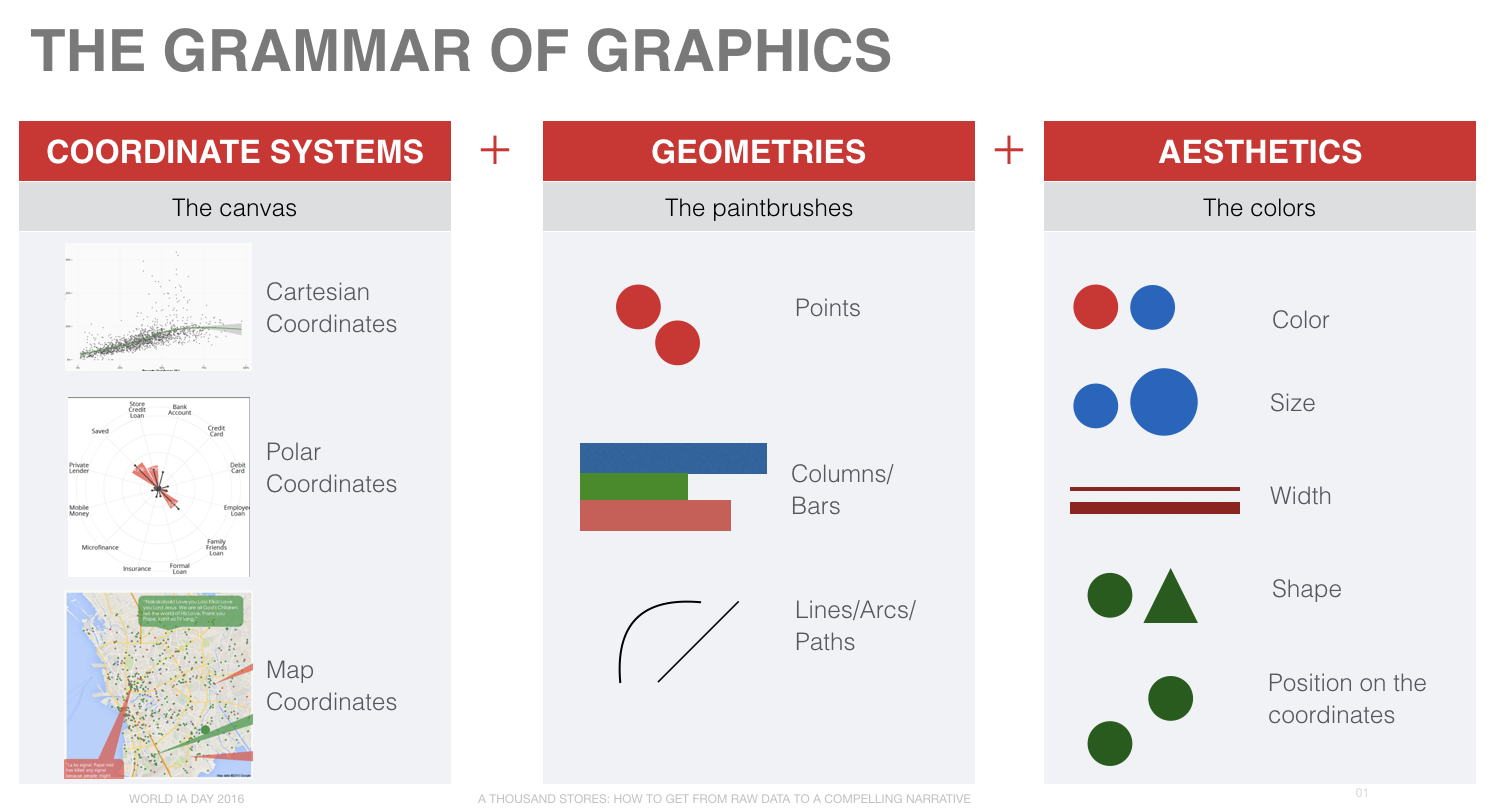
Last year, I was invited to speak at World Information Architecture Day 2016 in Manila, held at A-Space, Makati. I covered an introduction to data use cases, and how to think about designing data visualizations, and why I think designing the right ways for people to consume insights from data is just as important than our ability to process or analyze them.
The video is up for people to watch. Please let me know your thoughts at the comments section.
If you’d like to view the slides more clearly, I’ve uploaded them to slideshare:
On the MRT: A Capacity Conundrum
This article was also featured on Rappler and GMA News Online!
After more than 16 years in operation, it is clear that the MRT isn’t anymore what it once was. What used to be an enduring symbol of progress and technological innovation is now just an uncomfortable, accident-prone, and unfortunately, inevitable mode of transport. Operating at the level of about 500,000 passengers per day on a capacity of only 350,000, transport secretary Abaya says the trains continue to be worn down from the excessive burden.
Too close for comfort
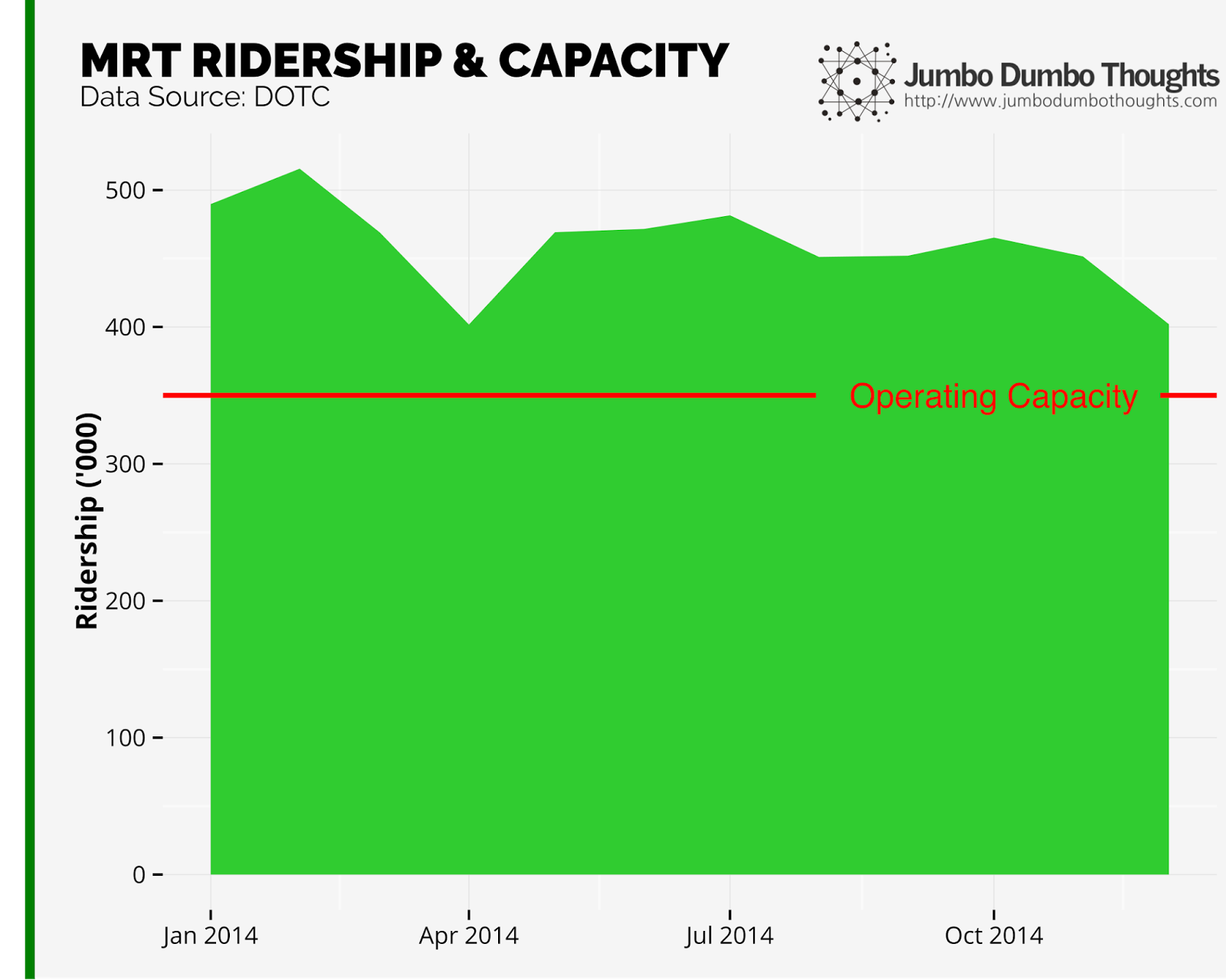
MRT Ridership - Continuously operating at above capacity is sure to bring undue wear and tear to a system that hasn’t seen any major overhaul since it was built.
I’ve written before on the state of train lines in the capital, but new data from the Department of Transportation and Communications (DOTC) has surfaced, allowing us a more detailed look at the inner workings of the historic MRT.
On Airline Agitation: Flight networks and what Facebook comments say about customer satisfaction
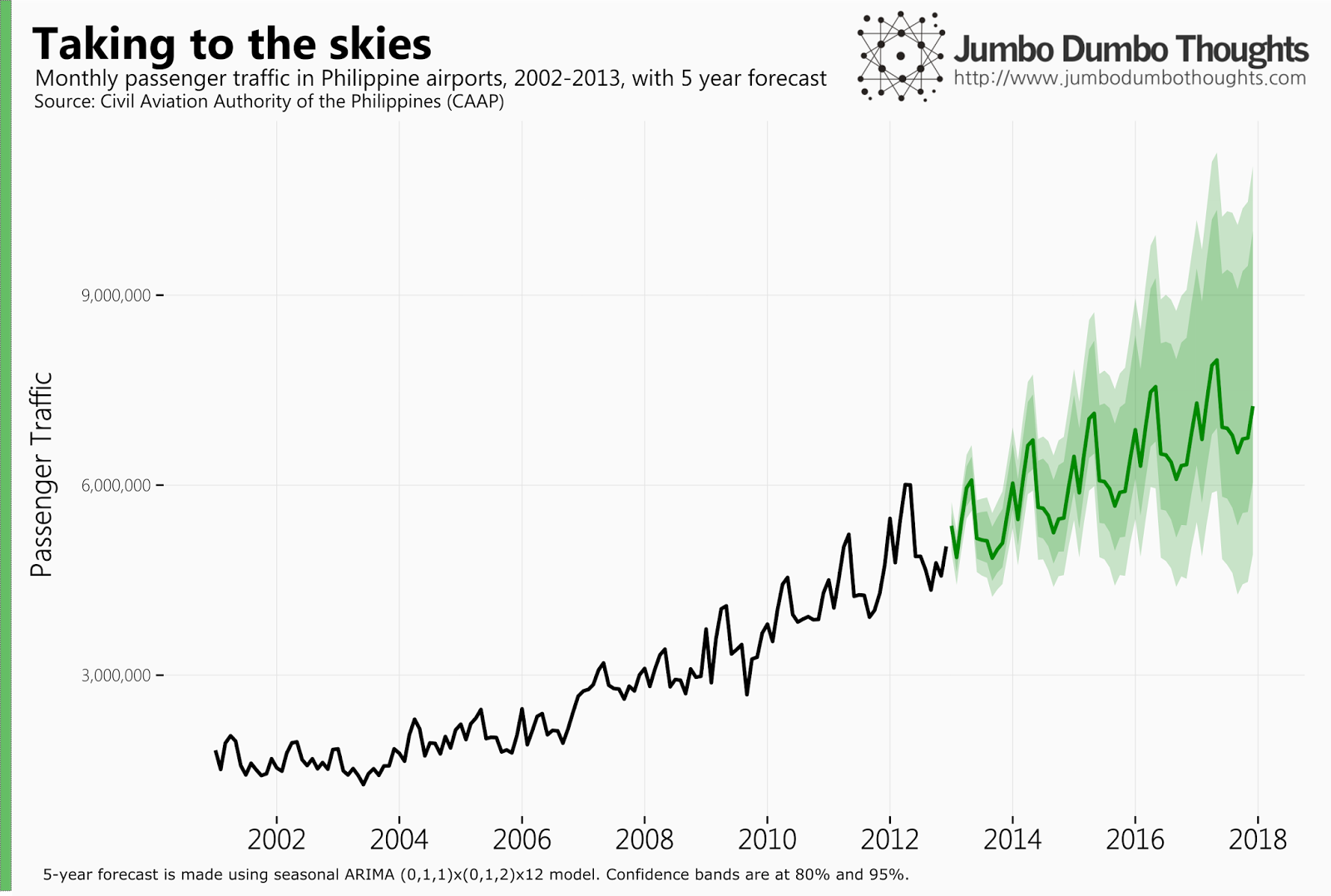
In recent years, the Philippine aviation industry has experienced rapid growth, with more and more Filipinos getting to experience air travel for the first time. Not only that - the industry is in flux - fierce competition has caused churn and consolidation among the key players. We can take a closer look by analyzing their current flight networks, as well as performing sentiment analysis on comments on the airlines' official Facebook pages.
On the Risk-Return Relationship of your Love Life

The Chinese Zodiac predicts your love compatibility with people of other signs, but let’s do more than that and bring statistics to the superstition. (Photo: Janet Hudson/Flickr, CC BY-SA 2.0)
RETURNS ON LOVE - Chinese astrology tells of certain animal signs that, because of their inherent characteristics, have varying love compatibilities with each other. By applying statistics to superstition, we can also determine - generally - how nice, and how rocky, your love life ought to be based on your ruling animal. Also, we find that there is no positive risk-return relationship in Chinese astrology; that is, having a tumultuous love life doesn’t guarantee a reward.
On Traffic Accident Hotspots - EDSA and C-5
On Ngrams Part 2: The Philippine Economy
Here’s the second part of this series on ngrams, as I’ve mentioned in a previous blog post. I’ve been messing around with the Google Ngram Viewer which was highlighted in a previous post. If you don’t already know, ngrams are basically charts that display how often a word or phrase appears in Google’s entire book collection. It’s a rough but quick and easy way to find out what people were writing about in various time periods.
This installment reveals that growth is now more important than development, the Phillips curve’s tradeoffs do not necessarily apply to this measure, that fiscal policy is largely affected by current economic conditions, and much more. See the graphs below (click to enlarge):
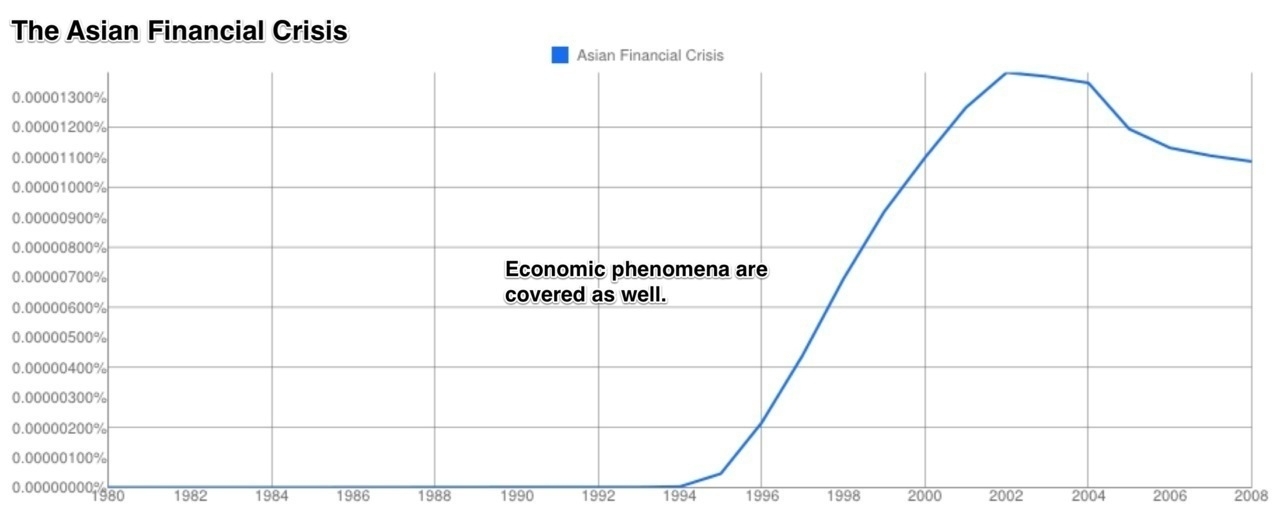


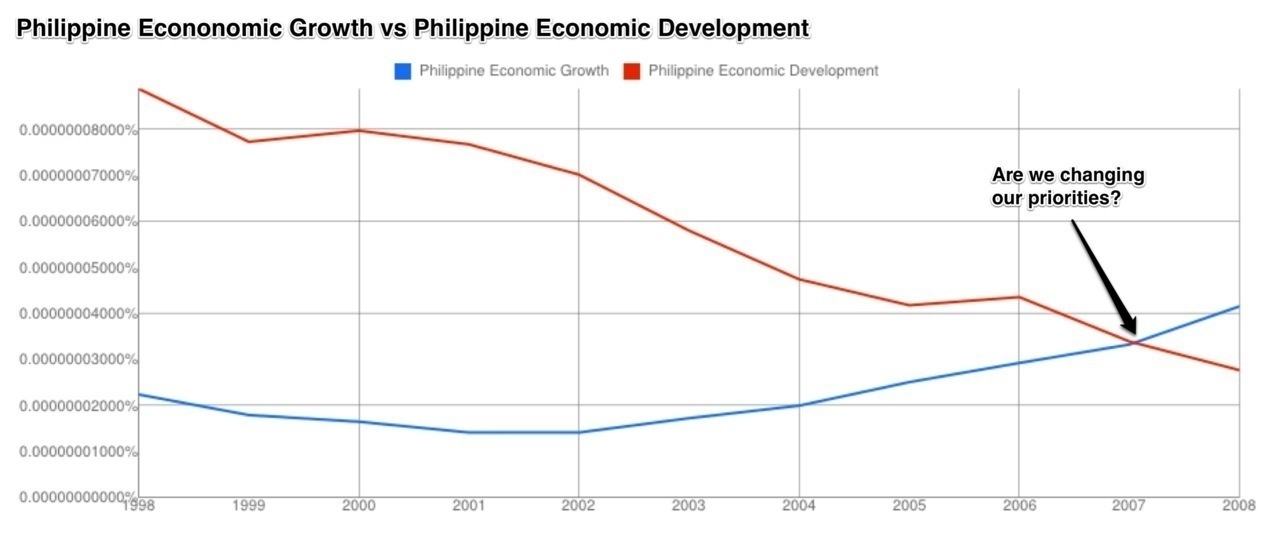
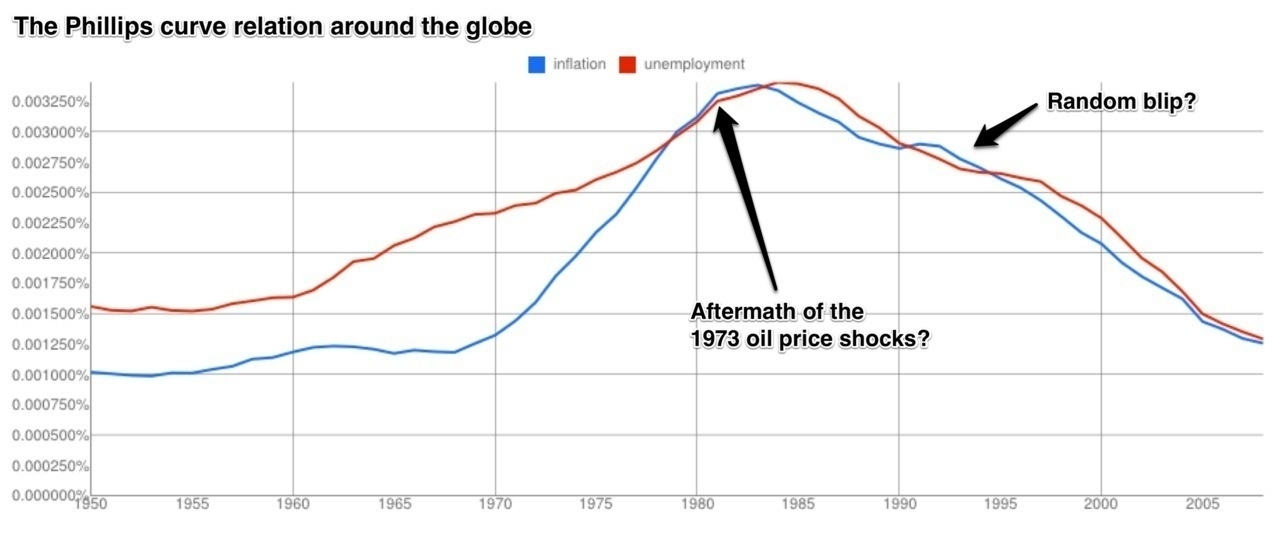
aliases: - 2012/05/on-ngrams-part-2-philippine-economy.html - content/thoughts/2012-05-22-on-ngrams-part-2-philippine-economy/on-ngrams-part-2-philippine-economy.html - posts/2012-05-22-on-ngrams-part-2-philippine-economy - thoughts/on-ngrams-part-2-philippine-economy
On Facebook News in the Philippines: Using topic modeling to find trends in online news coverage
Facebook has become one of most visible sources of news in the Philippines, and it has arguably played a huge role in shaping Filipino views. We take a look at how the Philippines news cycle evolved with by using topic modeling.
Read More →